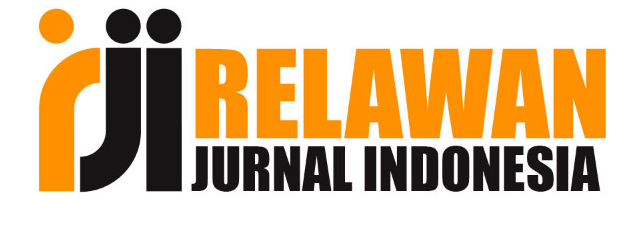Analisis Pengaruh Corporate Social Responsibility, Corporate Risk, Capital Intensity Dan Profitability Terhadap Tax Avoidance
DOI:
https://doi.org/10.36982/jiegmk.v12i2.1525Abstrak
The company's behavior in doing tax avoidance is something that has always been a concern. Tax avoidance is a form of response from the company's management in the tax payment strategy which is still in a legal context. The possibility of tax avoidance by a company, making a good Corporate Governance mechanism as a form of corporate responsibility is considered a solution in overcoming managerial embezzlement. Furthermore, in the policies taken by the company, there are still risks that can arise as a reflection of the policy. Due to the uncertainty in certain conditions, the company's risk is considered to have a role in influencing tax avoidance. Tax avoidance is also expected to be effective because of the investment policy, where companies will have lower tax rates. Similarly, the company's profitability is also considered to have an influence on tax avoidance where there is the ability to generate profits from its business activities, so that the company's profitability will also be higher. From the next problem, this study aims to see how the factors that can encourage tax avoidance by companies, namely corporate social responsibility, corporate risk, capital intensity, and profitability as the main focus in it. The results show that corporate risk and capital intensity are the driving factors for tax avoidance behavior, but not with corporate social responsibility and corporate profitability.
Keywords: Tax Avoidance, Corporate Social Responsibility, Corporate Risk, Capital Intensity, Profitabily
Â
Â
Referensi
Avi-Yonah, R.S., 2008. Corporate social responsibility and strategic tax behavior. In: Schön, W. (Ed.), Tax and Corporate Governance. Springer-Verlag, Berlin Heidelberg.
Dewi, Ni Nyoman Kristiana dan Jati, I Ketut. 2014. Pengaruh Karakter Eksekutif, Karakteristik Perusahaan, dan Dimensi Tata Kelola Perusahaan Yang Baik Pada Tax Avoidance di Bursa Efek Indonesia. Skripsi. Fakultas Ekonomi Universitas Udayana, Bali.
Duhigg, C., & Kocieniewski, D. (2012). How apple sidesteps billions in taxes. New York Times.
Gupta, S., & Newberry, K. (1997). Determinants of the Variability in Corporate Effective Tax Rates: Evidence from Longitudinal Data. Journal of Accounting and Public Policy , 1-34.
Gray, R., Owen, D., and Adams, C. 1996. Accounting and Accountability, Hemel Hampstead: Prentice Hall.
Hasseldine, J., & Morris, G. (2013). Corporate social responsibility and tax avoidance: A comment and reflection. Accounting Forum, 37(1), 1–14.
Kotler, Philip and Lee, Nancy. (2005). Corporate Social Responsibility: Doing The Most Good For Your Company And Your Cause. New Jersey: John Wiley & Sons.
Landolf, U., 2006. Tax and corporate responsibility. International Tax Review 29, 6–9.
Lanis, R., Richardson, G., 2012. Corporate social responsibility and tax aggressiveness: an empirical analysis. J. Account. Public Policy 31, 86–108.
Lanis, R., Richardson, G., 2015. Is Corporate Social Responsibility Performance Associated with Tax Avoidance?. J Bus Ethics. DOI 10.1007/s10551-014-2052-8.
Peters, B. (2011). U.S. corporations evading federal taxes. The New Political.
Waluyo, 2011, Perpajakan Indonesia, Edisi 7. Salemba Empat: Jakarta
Williams, D.F., 2007. Developing the Concept of Tax Governance. KPMG, London, UK.
Unduhan
Diterbitkan
Cara Mengutip
Terbitan
Bagian
Lisensi
Authors retain copyright and grant the journal right of first publication with the work simultaneously licensed under a Creative Commons Attribution License that allows others to share the work with an acknowledgement of the work's authorship and initial publication in this journal.
Â
Authors are permitted and encouraged to post their work online (e.g., in institutional repositories or on their website) prior to and during the submission process, as it can lead to productive exchanges, as well as earlier and greater citation of published work.
Â
LP2M Indo Global Mandiri University has the right to multiply and distribute the article and every author is not allowed to publish the same article that has been published in this journal.










